New satellite images reveal that North Korea has staged balloon-like objects over its heavily damaged 5,000-ton warship, which has been laying on its side and partially submerged following a failed launch on May 21. The ultimate function of the objects was still a mystery, but analysts said they might serve to stabilize the vessel, or block drone-based surveillance from the air.
The warship, which North Korea had hoped would represent a major advance in its naval modernization program, failed due to a malfunction that occurred at the time of its launch. The stern hit the water prematurely and crushed several hull sections, and the bow was left sitting on the shipway in Chongjin.
North Korean leader Kim Jong Un blamed the South for not preventing the incident, calling it a “criminal act,” and said the damage must be repaired until late June when the ruling Workers’ Party held its plenary session — calling it a matter of national pride.
Four after the accident, authorities held four people — one of them a chief engineer at the yard — responsible to fix responsibility and speed up repair work.
Balloon-like Items Seen in Recovery Attempt
Since May 23, more than a dozen white balloon-shaped objects have been seen near the ship. Analysts speculate these might not be for refloating the ship but for stopping subsequent flooding or shielding it from drone surveillance. Some analysts saw what they said appeared to be features that looked like tail fins, suggesting that they could be small aerostat-type devices similar to dirigibles, which are elevated and seek to float using lifting gas.
Retired US Navy Cpt. A pair of inflatable balloons "could be serving two purposes," Carl Schuster said—either to decrease the stress on the stranded section of the ship or act as some form of visual cover. This would be the area that has suffered the most damage and is the most structurally compromised, he said of where the ship is grounded.
Although there were no signs in the images of the flotation bladders that are normally used in such operations, it is conceivable that North Korea’s shipbuilding industry lacks the technology or resources for more sophisticated salvage techniques.
Problems in Re-Floating the Semi-Sunk Warship
While North Korea’s reports of damage minimized the severity of the damage, saying it was limited to scrapes on the hull and minor water intake, especially given the 10 days of repairs that the country has suggested. Schuster had estimated previously that full repairs could take up to six months, depending on the severity of hull damage from any water exposure and salt buildup on the ship’s joints.
The position of the warship makes the rescue more challenging since part of it is in the water and part of it is on shore. Analysts say this situation carries serious risk: Moving the submerged half, the other half could be twisted or snapped, breaking the ship’s keel and making the ship unusable. Either in the full body of water, or totally out of the water – they’d have an easy recovery.
Some analysts believe that North Korea may ultimately have to cut up parts of the ship to facilitate the salvage operation. The usable parts could then be hauled off, and it would be, in theory, decided what to do about the rest of the structure, whether to rebuild or bulldoze.
But while the mission has run into problems, experts say that it is being watched in part because of its complexity and also because it raises broader questions about North Korea’s seagoing ambitions.
PREV NEWS
NEXT NEWS


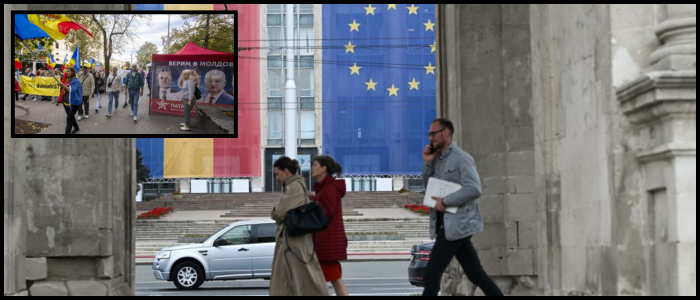


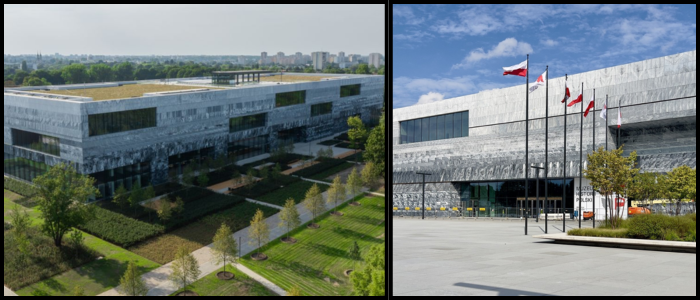
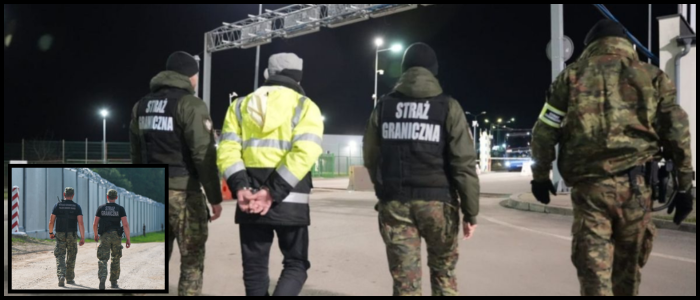
BY Oskar Malec
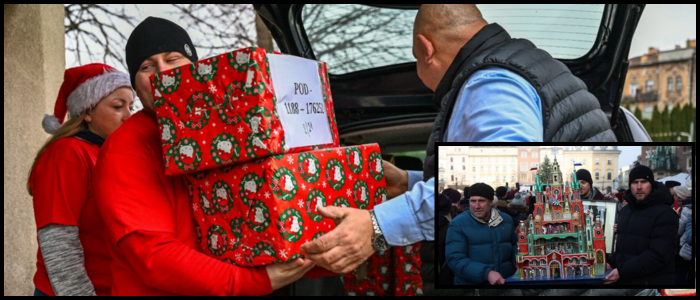
BY Oskar Malec

BY Oskar Malec

BY Oskar Malec
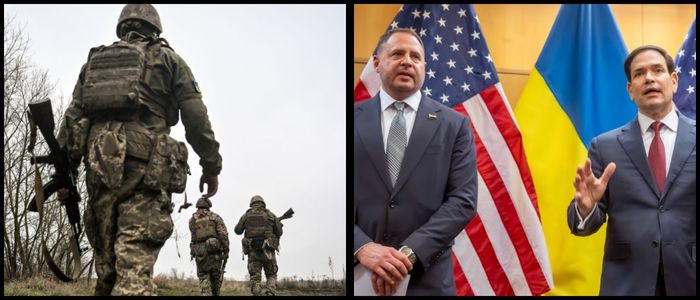
BY Oskar Malec
Uwielbiamy pliki cookie — zarówno te jadalne, jak i cyfrowe, które ulepszają Twoje wrażenia z przeglądania. Pomagają nam one udoskonalać funkcjonalność naszej witryny i Twoje ogólne wrażenia. Podstawowe i funkcjonalne pliki cookie są niezbędne do prawidłowego działania witryny i nie można ich wyłączyć. Ponadto używamy plików cookie w celu optymalizacji wydajności („komfort”) i wyświetlania spersonalizowanych reklam („marketing”), na co potrzebujemy Twojej zgody. Kliknij „Zezwól na wszystkie”, aby wyrazić zgodę na przetwarzanie danych. Uwielbiamy pliki cookie — zarówno te jadalne, jak i cyfrowe, które ulepszają Twoje wrażenia z przeglądania. Pomagają nam one udoskonalać funkcjonalność naszej witryny i Twoje ogólne wrażenia z przeglądania. Podstawowe i funkcjonalne pliki cookie są niezbędne do prawidłowego działania witryny i nie można ich wyłączyć. Ponadto używamy plików cookie w celu optymalizacji wydajności („komfort”) i wyświetlania spersonalizowanych reklam („marketing”), na co potrzebujemy Twojej zgody. Kliknij „Zezwól na wszystkie”, aby wyrazić zgodę na przetwarzanie danych.
Twoja zgoda obowiązuje również na mocy art. 49 (1) (a) RODO, co oznacza, że Twoje dane mogą być tymczasowo przetwarzane poza EOG, w tym w USA. W takich przypadkach wysokie europejskie standardy ochrony danych mogą nie być w pełni zagwarantowane, a władze USA mogą uzyskać dostęp do Twoich danych bez skutecznego środka prawnego. Możesz wycofać swoją zgodę w dowolnym momencie.
PrywatnośćWarunki korzystania z serwisu
Możesz zarządzać swoimi preferencjami dotyczącymi plików cookie lub wycofać zgodę w dowolnym momencie za pośrednictwem naszych ustawień plików cookie. Aby uzyskać więcej informacji, zapoznaj się z naszą Polityką prywatności.